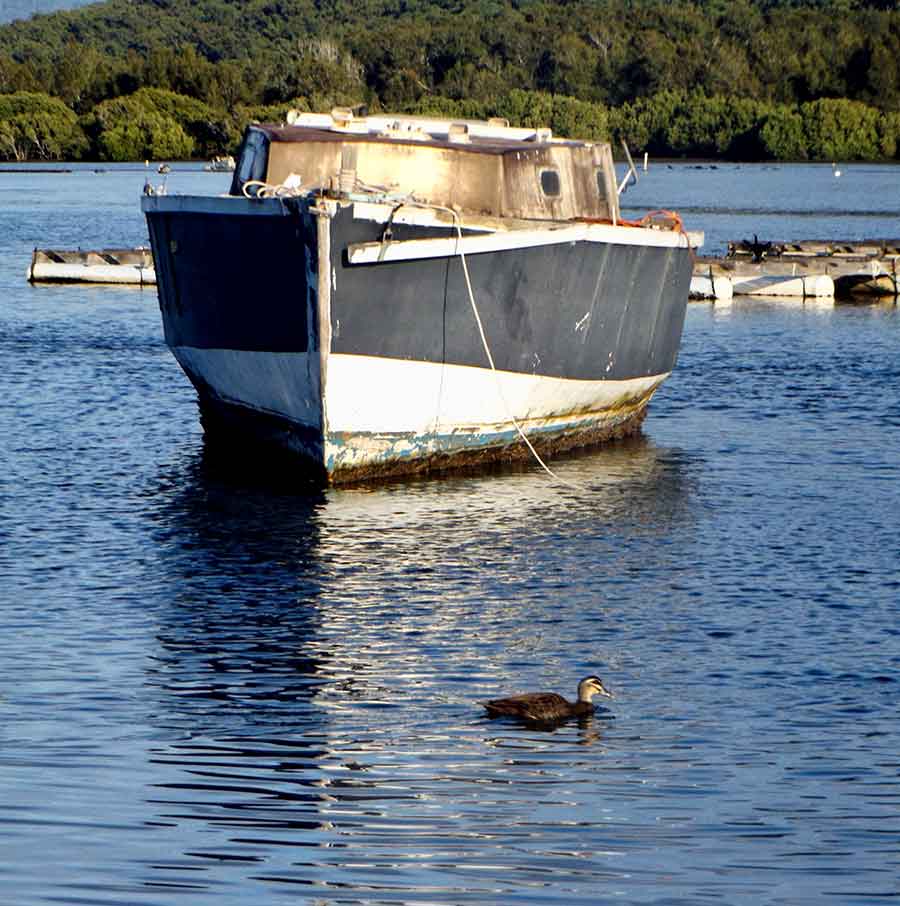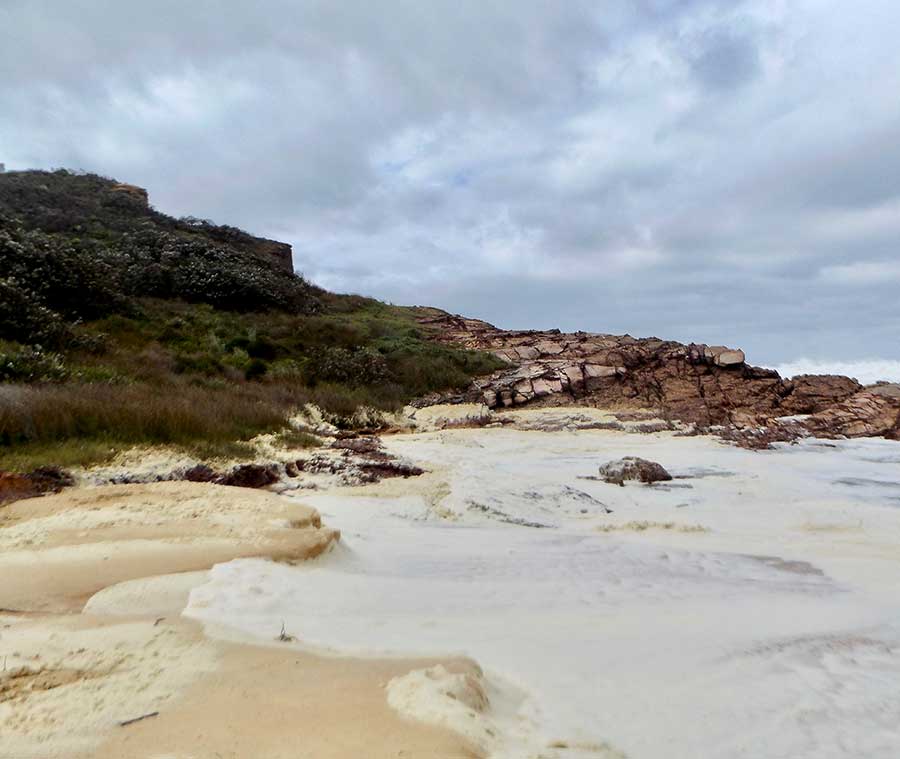‘Harry’s Lookout’ was a simple clearing, a place for hang gliders to launch from and gawkers like me and my family to embrace the view of ‘our’ little beach, Shelly Beach.
But that was decades ago. Harry is long gone and I know his work on the Lookout and his rough steps down to the beach have been ‘updated’.
Now I am so close I revisit that Lookout and vow to walk down Harry’s steps to the beach once more.

The first surprise is the Lookout area itself. Very arty, sort of Polynesian, no cobbled-together scraps as it was in Harry’s day.
The spot is still magnificent.

There is a small but quite superb birthday celebration happening here.
I ask if there is any info up here about Harry and one young woman says, ‘I didn’t even know Harry was a real person’.
I assure them he was, still alive when my parents used to live not far away.

I head down the steps that Harry originally made. Back then they were in many colours, of whatever scraps of pipe or timber Harry could find. I recall lots of blue and yellow, and hand rails. No doubt they were kitschy and probably unsafe.
Now they are all uniform treated timber… and no handrails.
They are still best taken downhill rather than up.

Harry’s path takes you through some great rainforest and magically twisted tree trunks.
When I reach the beach, it is smaller than I recall, and of course Harry’s caravan is long gone. But I am so pleased to see that down here at least he is remembered.

I do recall Harry and his wife as likely the most sun-damaged people I have ever seen. I know Council later tried to evict them but public support for one of our last true eccentrics saved them.

Now there are several memorials to him. One is a timber statue, complete with mayoral medallion.

Harry’s van was beyond the most visited part, where the cars park and the brush turkeys pushily patrol the picnic tables.
It’s busy even today, a windy winter Sunday.

There is a wonderfully varied and detailed testimony to Harry’s life set in a helix in the sand.
I am happy he is immortalised here, but regret that there is no such information up the top. Or did I miss it?
That lookout and those steps were a huge labour of love: rough and ready and free, un-OHS, un-arty, unauthorised, but so personal and indicative of a time now past.
Vale Harry.


































































